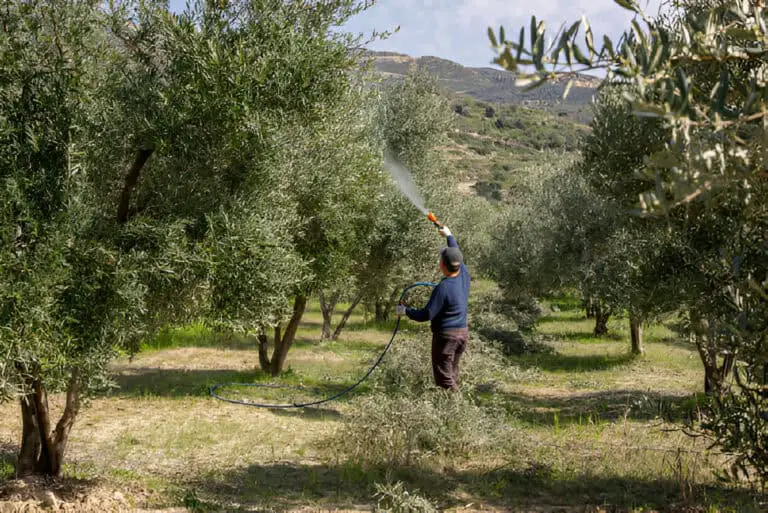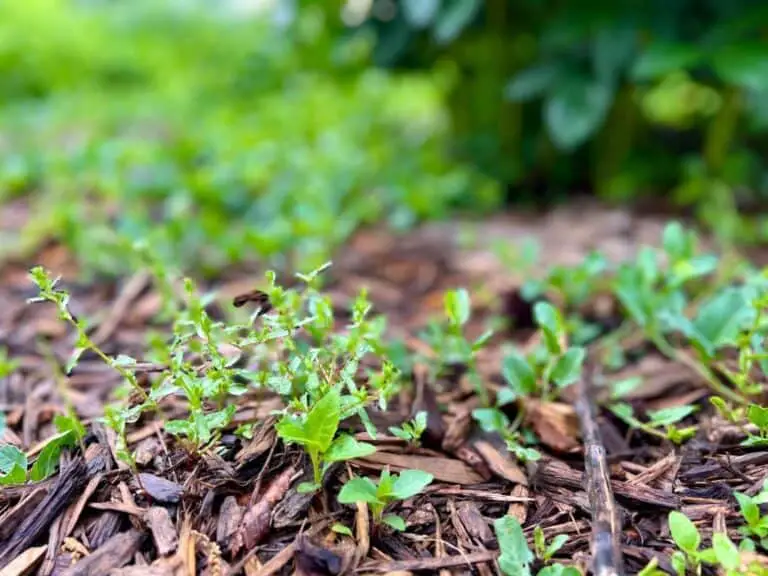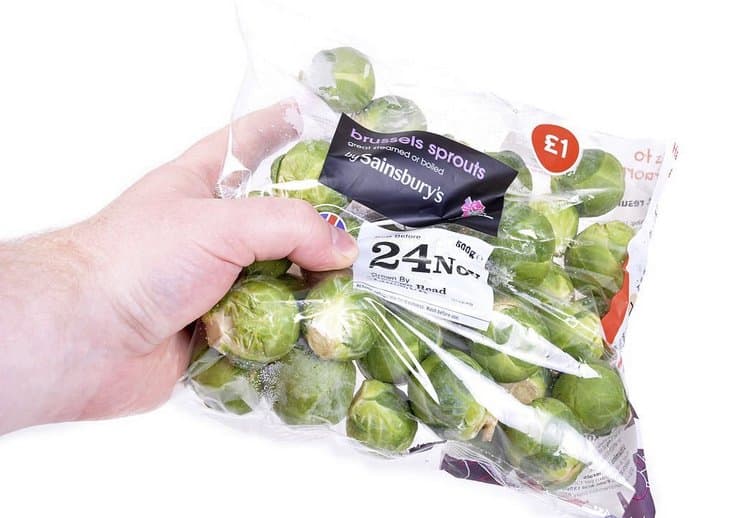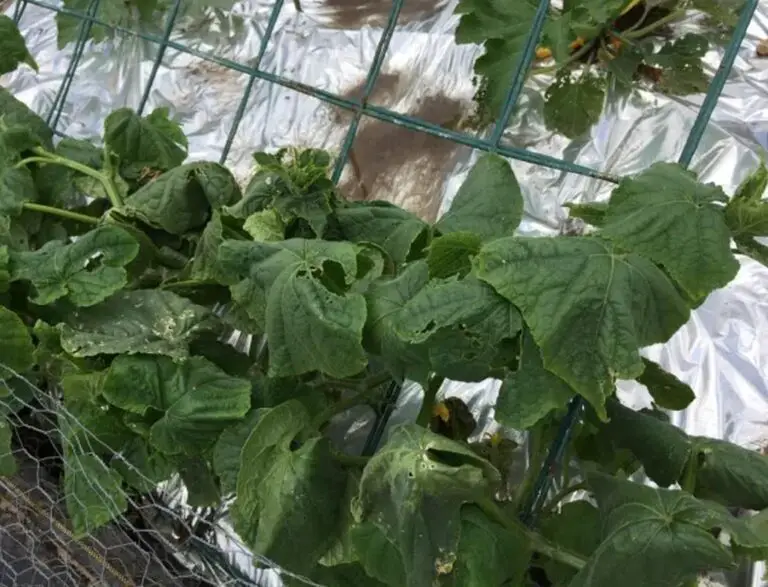When Is It Too Late to Spray for Weeds? Maximizing Your Weed Control
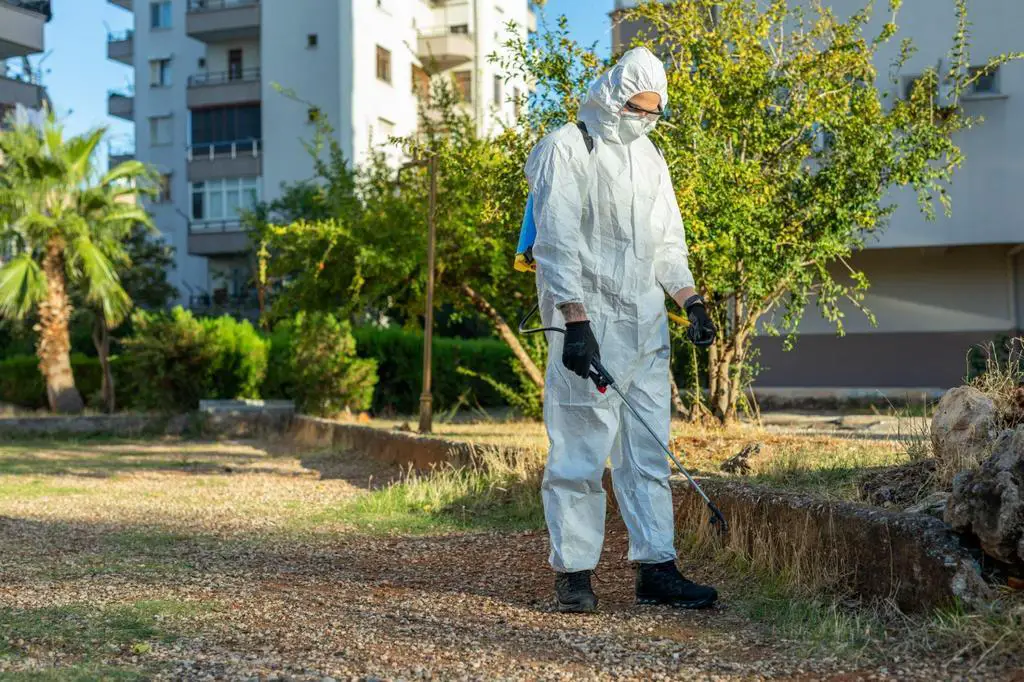
Are you tired of fighting a losing battle against weeds in your lawn or garden? Do you feel like no matter how many times you spray, those pesky plants just keep coming back?
Well, it turns out that timing is everything when it comes to weed control. Spraying too early or too late can significantly reduce the effectiveness of your efforts. So, when is it too late to spray weeds?
In this article, we’ll answer that question and provide you with some valuable tips to help you get ahead of the weeds and keep your outdoor space looking beautiful all season long. From understanding the critical window for spraying to identifying the signs that it’s time to take action, we’ve got you covered. So, grab a cup of coffee, sit back, and let’s dive into the world of weed control!
Understanding Herbicides and Their Effectiveness
Before we dive into when to spray for weeds, it’s essential to understand how herbicides work. Herbicides are chemicals that are specifically designed to kill unwanted plants, such as weeds. These chemicals work by disrupting essential physiological processes in the plant, ultimately leading to the plant’s death.
There are two main types of herbicides: selective and non-selective.
- Selective herbicides: These herbicides are designed to kill only specific types of weeds while leaving your grass or plants unharmed. They are most effective on annual and biennial weeds. Examples of selective herbicides include 2,4-D and dicamba.
- Non-selective herbicides: These herbicides will kill any plant they come into contact with. They are most effective on perennial weeds. Examples of non-selective herbicides include glyphosate and paraquat.
It’s important to choose the right herbicide for the type of weeds you have and to follow the manufacturer’s instructions carefully.
Understanding the Life Cycle of Weeds
Weeds have different life cycles, and understanding them is key to effective weed control. The three main categories of weeds are annuals, biennials, and perennials.
- Annuals: These weeds complete their life cycle in one growing season. They germinate, grow, flower, set seed, and die all within a single year. Examples of annual weeds include crabgrass and pigweed.
- Biennials: These weeds complete their life cycle over two growing seasons. They germinate and grow in the first year, overwinter, and then flower, set seed, and die in the second year. Examples of biennial weeds include mullein and garlic mustard.
- Perennials: These weeds live for more than two years and continue to grow and reproduce year after year. Examples of perennial weeds include dandelions and thistles.
Knowing the life cycle of the weeds in your lawn or garden can help you determine the best time to spray herbicides.
The Importance of Timing in Weed Control
Timing is crucial when it comes to controlling weeds. Spraying herbicides at the wrong time can be ineffective and may even harm your plants. For instance, spraying herbicides on a windy day can cause the herbicide to drift and damage nearby plants. On the other hand, spraying herbicides when it’s raining can wash away the herbicide before it has a chance to work.
Additionally, the effectiveness of herbicides varies depending on the stage of weed growth. Most herbicides are most effective on young weeds that have not yet developed a strong root system. If you wait too long to spray herbicides, the weeds may have grown too large, and the herbicide may not be able to penetrate the plant and kill it. Therefore, you must know the life cycle of the weed species that you’re trying to control.
Annual weeds, for example, are plants that complete their life cycle in one year or growing season. They grow from seeds, produce flowers and seeds, and then die. Because annual weeds have a short life cycle, apply herbicides early in their growth stage before they have a chance to produce seeds. If you miss the window of opportunity, the weeds will continue to grow and produce seeds, which will lead to more weeds the following year.
Perennial weeds, on the other hand, are plants that live for multiple years. They have deep root systems and can be more difficult to control than annual weeds. Herbicides are most effective on perennial weeds when they are actively growing and before they have produced flowers or seeds. This is as a result of the herbicide absorbing into the leaves and moving through the plant to the roots, killing the entire plant. If you wait too long to apply herbicides to perennial weeds, the plants may have gone dormant, and the herbicide may not be as effective.
Another important factor to consider when timing weed control is the weather. Temperature, humidity, and precipitation can all have an impact on the effectiveness of herbicides. If the temperature is too high, herbicides can evaporate before they have a chance to work. If it’s too cold, the weeds may not be actively growing, and the herbicide may not be as effective. Similarly, if it’s too humid, the herbicide can stick to the plant’s surface and not penetrate it. And if it’s raining or forecast to rain, the herbicide can be washed away before it has a chance to work.
Guidelines for Spraying Weeds: Pre-Emergence vs Post-Emergence
There are two main times to spray herbicides: pre-emergence and post-emergence.
- Pre-emergence: This is when you apply herbicides before the weeds have a chance to germinate. Pre-emergence herbicides are most effective on annual weeds. They create a barrier on the soil surface that prevents weed seeds from germinating. Examples of pre-emergence herbicides include prodiamine and pendimethalin.
- Post-emergence: This is when you apply herbicides after the weeds have already germinated and started growing. Post-emergence herbicides are most effective on perennial weeds. The entire plant dies as a result of their absorption by the leaves and passage through the plant to the roots. Examples of post-emergence herbicides include glyphosate and triclopyr.
When using herbicides, it’s important to follow the manufacturer’s instructions carefully. Wear protective clothing and avoid spraying on windy days or when rain is forecast.
Signs That It Is Too Late to Spray for Weeds
Spraying herbicides at the wrong time can be ineffective and a waste of money. Here are some signs that it might be too late to spray for weeds:
- The weeds are too large. If the weeds have grown too large, they may be beyond the point where herbicides can effectively kill them. Once the weed has reached maturity, the herbicide may not be able to penetrate the plant and kill it.
- The weather is too hot. Hot weather can cause herbicides to evaporate before they have a chance to work. If the temperature is consistently above 85 degrees Fahrenheit, it may be too late to spray for weeds.
- The weeds have already set seed: If the weeds have already set seed, spraying herbicides may not be effective. The seeds will continue to germinate and grow, leading to more weeds.
If you have missed the ideal window for spraying herbicides, there are other methods of weed control that you can try.
When Is It Too Late to Spray for Weeds?
Now that we understand how herbicides work and what factors can affect their efficacy let’s answer the question, when is it too late to spray for weeds?
The answer to this question depends on several factors, including the type of herbicide you are using, the type of weed you are trying to kill, and the current stage of growth of the weed.
1. Type of Herbicide
As previously mentioned, there are two main types of herbicides: selective and non-selective. Selective herbicides are typically used for killing specific types of weeds, while non-selective herbicides are used to kill all plants.
Selective herbicides work best when applied to weeds that are in the early stages of growth. Once the weed has matured and developed a strong root system, selective herbicides become less effective. This is due to the fact that for an herbicide to be effective, the plant’s leaves must first absorb it before it can reach the roots.
Non-selective herbicides, on the other hand, can be used to kill weeds at any stage of growth, including mature plants. However, it’s important to note that non-selective herbicides will kill any plant they come into contact with, including desirable plants like flowers and vegetables.
2. Type of Weed
The type of weed you are trying to kill can also affect the timing of herbicide application. Some weeds, such as annuals, have a short lifespan and are easiest to kill when they are young. Perennial weeds, on the other hand, can be more challenging to kill and may require multiple applications of herbicides.
3. Stage of Growth of the Seed
The stage of growth of the weed is another critical factor to consider when determining when to spray for weeds. Weeds are most susceptible to herbicides when they are actively growing and have not yet developed a deep root system. As the weed matures, its root system becomes more established, making it more difficult for herbicides to penetrate and kill the plant.
The Best Times to Spray for Weeds
Now that we’ve discussed the factors that affect herbicide efficacy and when it’s too late to spray for weeds, let’s talk about the best times to spray for weeds.
The best time to spray for weeds is when the weeds are actively growing and the temperature is between 60 and 85 degrees Fahrenheit. This temperature range is ideal for herbicide absorption and will increase the effectiveness of the herbicide.
It’s also essential to spray when there is no rainfall expected for at least 24 hours. This will give the herbicide enough time to be ingested by the plant before rain washes it away.
Finally, it’s best to spray for weeds in the early morning or late afternoon, when temperatures are cooler, and the sun is not as strong. By doing this, the herbicide won’t evaporate as quickly and will give the plant more time to absorb it.
Conclusion
In conclusion, keeping a weed-free lawn or garden can be challenging, but it’s not impossible. By understanding how herbicides work, the factors that affect their efficacy, and when to spray for weeds, you can keep your lawn and garden looking beautiful and healthy.
Remember, the best time to spray for weeds is when the weeds are actively growing, and the temperature is between 60-85 degrees Fahrenheit. Spray when there is no rainfall expected for at least 24 hours, and during the early morning or late afternoon when temperatures are cooler, and the sun is not as strong. By following these guidelines, you can effectively control weeds and maintain a beautiful and healthy lawn or garden.

